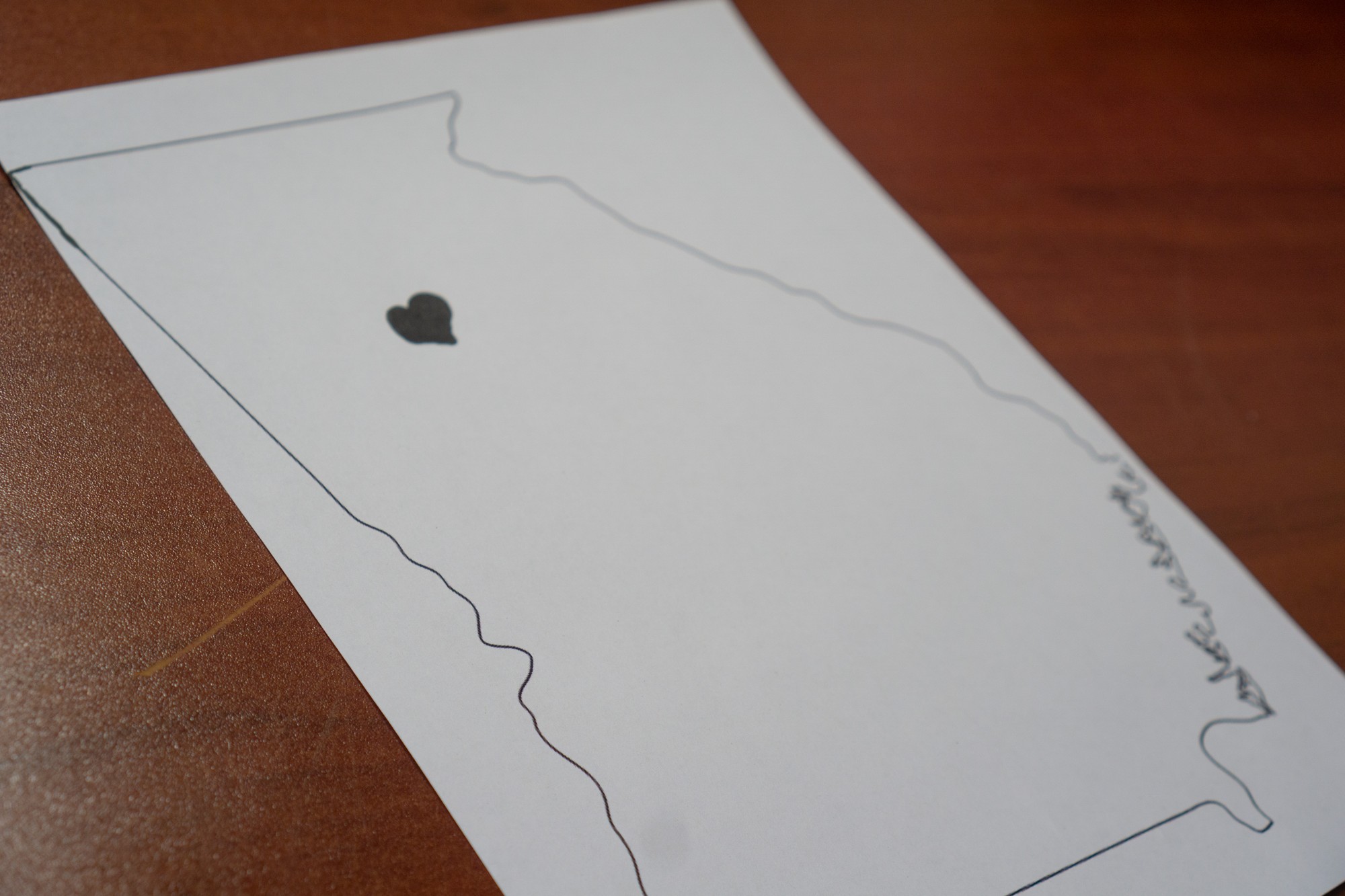No one thinks twice about dropping a penny anymore — one cent is not even worth bending over to pick up. Though the penny once made sense as a form of currency, the cost of their production and the decline in the use of cash makes continuing their use expensive and unnecessary.
The biggest argument against continuing the production and use of the penny is the fact that it costs more than a penny to produce a penny. According to CoinNews, it costs 2.06 cents to mint a penny in 2019 — astoundingly, pennies cost more to produce than they are worth.
There have been strides in the past to make producing pennies cheaper, too. In 1982, pennies stopped being made of copper and started to be mostly comprised of zinc. Though these small coins are 97.5 percent zinc, they still fail to pull their own weight.
Consider the influence of inflation on the monetary value of the penny as well.
In 1939, milk cost 23 cents and gas cost 10 cents, according to the Farmer’s Almanac. The United States also has a long history of penny candy, which was candy purchased for a single cent.
Inflation since then diminishes the value of the penny. A gallon of milk at the Kennesaw Kroger costs $1.99 and the price of a gallon of regular gas at the Chevron near Kennesaw State’s campus costs $2.60. While there was once a time when a penny could actually buy something, that is not the case today.
Additionally, there has also been a decline in the use of cash in the past few decades. An article by Joel Anderson predicts that the future is a cashless economy.
“I am a server at a restaurant and I barely see cash,” sophomore environmental science major Hannah Grant said. “I have maybe one cash transaction for every seven or eight card transactions.”
Additionally, according to a Statista article, debit and credit cards are the most commonly used payment methods across all generations of consumers. Considering cash’s loss of popularity, it makes sense that the increasingly obsolete penny is becoming even less popular than paper bills.
If cash is exiting the economy, it makes sense that its least valuable form of currency would be the first to go.
While it may seem drastic to halt the production of pennies, this does not mean that they would all need to be immediately taken out of circulation. There is simply no need for the continuation of their production.
A simple solution to pricing goods without the penny is to round down to the nearest multiple of five cents. For example, a product costing $1.07 would round to $1.05.
Chances are, though, that the multitude of pennies collecting dust in car cupholders will survive the apocalypse. Even if they are no longer manufactured, pennies will not just disappear out of existence.
There are already enough pennies floating around without use, and when the time comes to figure out a replacement for them, perhaps cash as a currency will be dead altogether. Meanwhile, it is worth considering the respectful discharge of a useless semi-copper coin.



